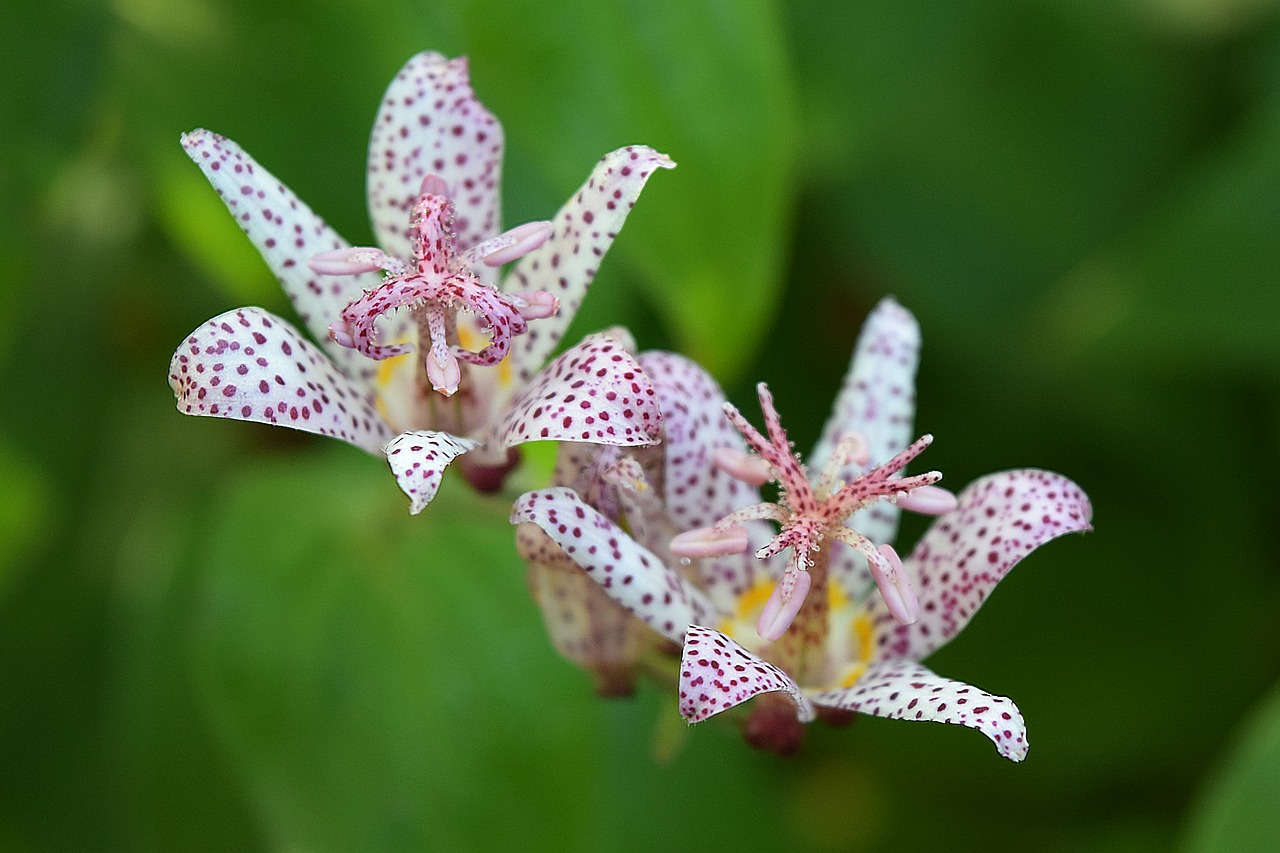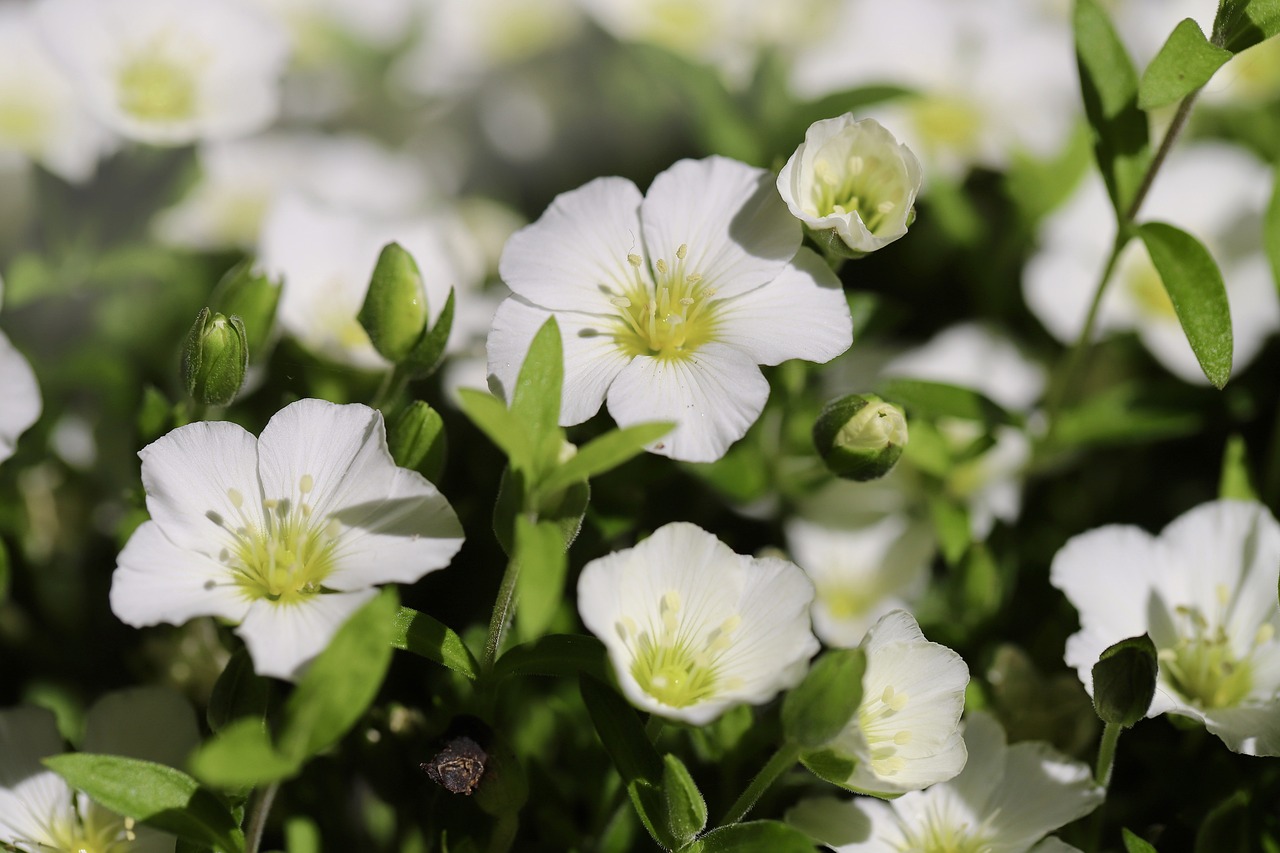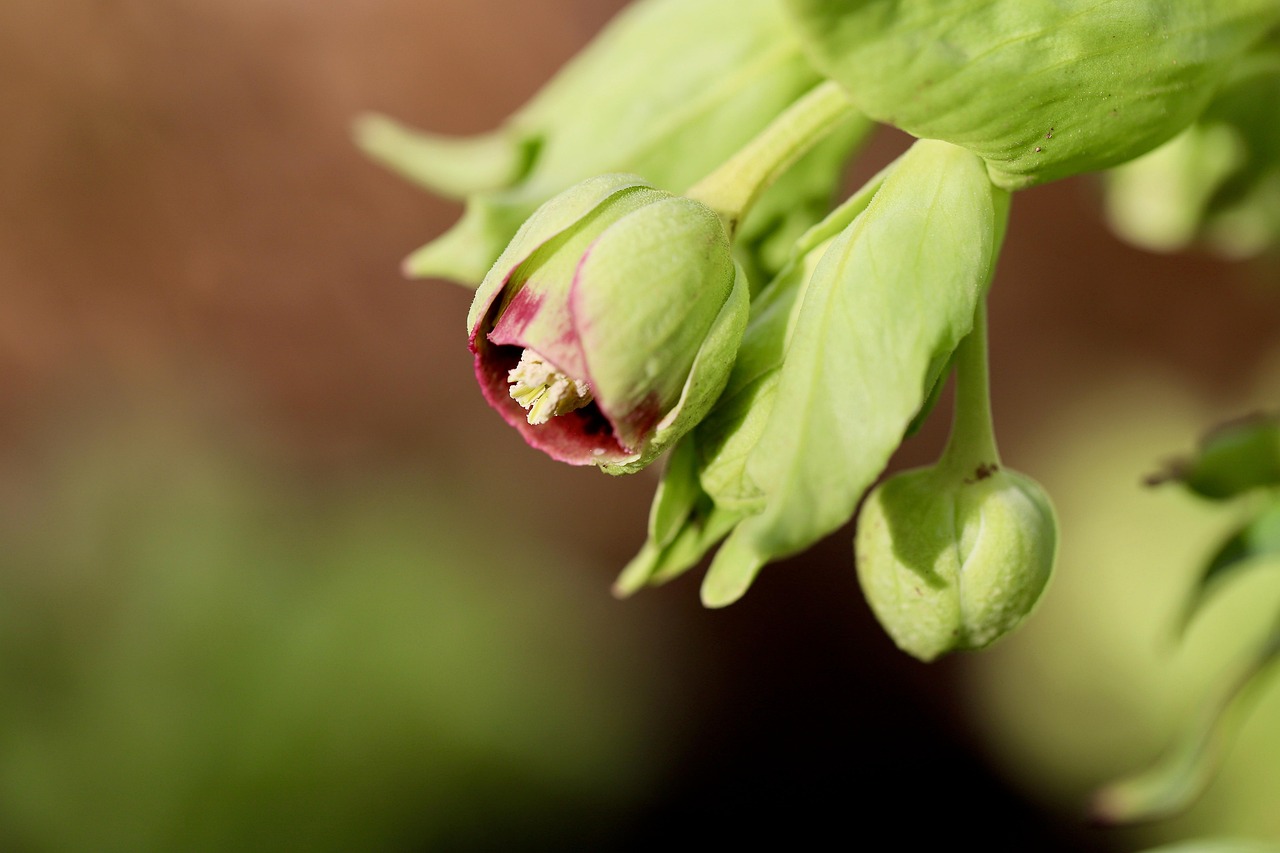Christmas Rose | A Flower of Hope Blooming in the Winter Garden
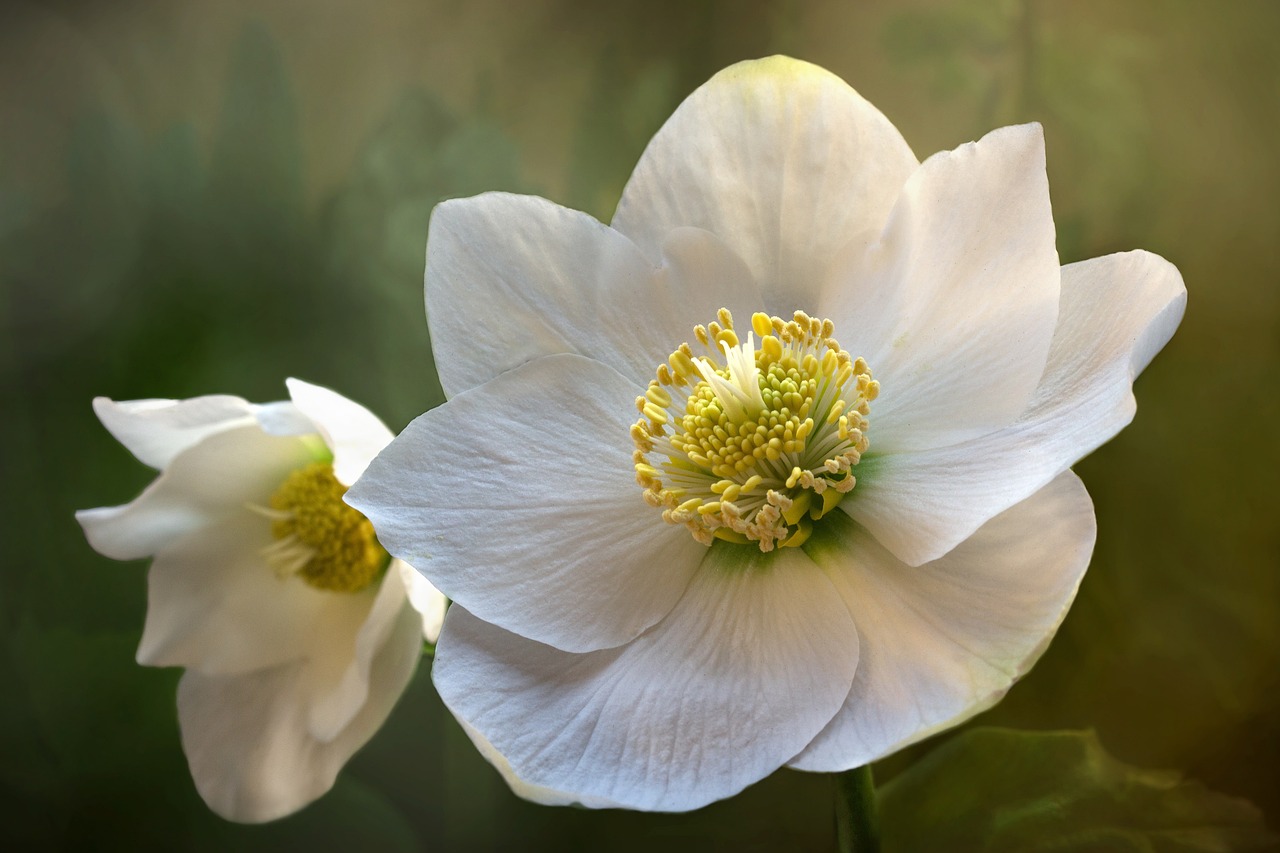
The Christmas rose is a perennial plant that blooms from winter to early spring. Even in the cold, it displays a graceful beauty, which is why it has long been cherished by many gardening enthusiasts.
Depending on the variety, its flowers differ in color and form, and it can be enjoyed for many years in both gardens and pots.
In this article, I will provide detailed explanations about the Christmas rose, including its basic information, cultural and historical background, and tips for cultivation.
Basic Information
- Scientific name: Helleborus spp.
- Family: Ranunculaceae
- Origin: Europe, Western Asia
- Appearance: Evergreen or semi-evergreen leaves, with flowers that characteristically nod downward. The colors vary—white, pink, purple, green, black, and more—with both single and double-flowered varieties.
- Blooming season: From winter to spring, known for flowering despite the cold.
Cultural Significance Around the World
The Christmas rose has long been loved in Europe as a flower that brightens winter gardens. In the West, it is often called the “winter rose” and is regarded as a symbol of hope and perseverance because it blooms in the cold season.
In the United Kingdom, varieties that bloom around Christmas came to be known as “Christmas roses” and are appreciated as accents in winter gardens.
In Germany and France, because of its long blooming period, it symbolizes “eternal love” and is often used for weddings and special celebrations.
Although introduced to Japan relatively recently, it has quickly gained popularity, admired for its ability to bloom in the cold season and enjoyed in both gardens and pots.
Historical Episodes
The Christmas rose has been known since ancient Greece, with references found in early texts. In medieval Europe, its ability to bloom in the harsh cold gave it a mystical reputation, and many legends arose around it.
In Christian tradition, it is linked to the miracle of Christmas. According to legend, a young girl who had no gift for the newborn Jesus wept, and from her tears, the Christmas rose blossomed. For this reason, varieties that bloom during Christmas are often considered “sacred flowers.”
During the Renaissance, it was widely cultivated in monastery gardens. Monks valued its symbolic meaning, planting it as a reminder of hope in the depths of winter.
Gardening Advice
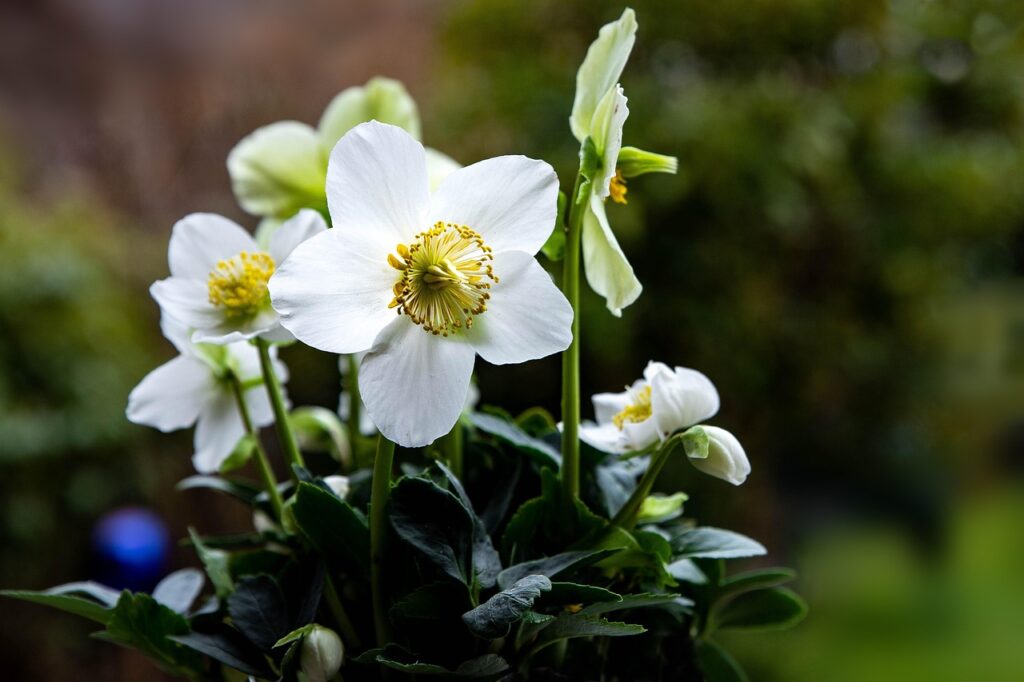
The Christmas rose is highly tolerant of cold and, when placed in suitable conditions, can be enjoyed for many years.
Sunlight
Semi-shade in summer, sunny spots in winter. It thrives under deciduous trees where light conditions change with the seasons.
Watering
Keep the soil slightly moist. Water when the surface dries, avoiding excess moisture. Good drainage is essential.
Soil
Prefers well-drained soil enriched with compost. A balance of drainage and water retention is ideal.
Fertilizer
Apply slow-release fertilizer from autumn to winter before blooming, and moderate feeding during the growing season for healthy leaves and flowers.
Pruning
Remove old leaves after flowering to encourage new growth and maintain a beautiful shape.
Hardiness
Strong against winter cold, but in regions with heavy frost, mulch around the base for protection.
Conclusion
The Christmas rose, blooming from winter to spring, is a precious plant that adds beauty to gardens during the cold season. In Europe, it has long been a symbol of hope and endurance, cultivated in gardens and monasteries alike.
In the UK and Germany, it is also used in weddings and commemorations, while in Christian tradition, it is tied to miraculous legends.
When grown under the right conditions, it will bloom beautifully year after year, bringing an elegant touch to winter landscapes, whether planted in gardens or pots.


